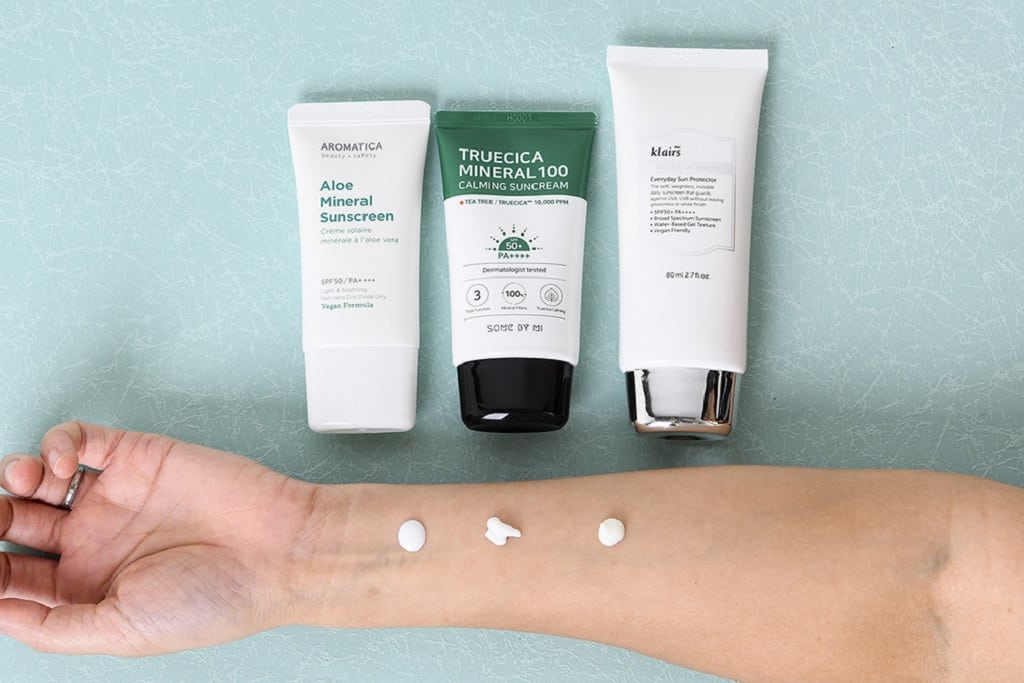An Easy Guide to Melasma 101

What is Melasma?
For the longest time I’ve heard people say that melasma is a mask of pregnancy even though it can happen to anyone depending on their genetics, sun exposure or hormonal chemistry. It is more common in women, rather than men.
Melasma is a kind of pigmentation where the skin has discoloured patches of brown or grey, they may vary in size and pattern from one person to another. Sometimes it lies superficially on the top layer of the skin (epidermis), but other times it may penetrate deeper into the second layer (dermal).
Where To Look for Melasma?
These blotchy patches are commonly found on the forehead, nose-bridge, cheeks and upper lips. Although, they can show up on the neck, shoulders and forearms too. It is said that pregnant women and those with darker skin are more prone to this type of pigmentation.
Also don’t forget that dermal melasma is much deeper than epidermal melasma, and more challenging to treat. It is diagnosed with the help of:
- Visual examination by a doctor or dermatologist
Let’s look into WHY it happens.
Why it happens:
There are a number of reasons that some are more prone to this condition than others:
- Hormonal fluctuations: We already know that pregnant women experience a flux of hormones which might explain why they are more likely to develop pigmentation. Other women have reported that their melasma was triggered by birth control pills which could create an offset of hormonal balance too. So far, all we know is that hormones play an important role in triggering melanocytes and darkening areas of the skin.
- Sun exposure: Prolonged sun exposure can worsen pigmentation and darken areas of the skin. Those with a genetic history of melasma might find themselves developing melasma after long periods under the sun or in the heat.
- Genetics: Family genetics, this is another cause of melasma. During diagnosis, dermatologists might ask about genetic history or whether your family members exhibit signs of melasma. In such cases, it is beneficial to take cautious measures to reduce or avoid pigmentation.
Prevention & Treatment of Melasma:
A lot of people complain about how these pesky patches refuse to budge especially with dermal melasma! Without care and caution, they may appear darker or worsen, therefore it is important to devise a treatment or management plan for melasma. This could reduce the appearance of melasma, and might resolve it for good if it stems from a temporary hormonal shock. Some people experience melasma for a short period of time and others might have it for the rest of their lives. Either way, the following options are effective forms of treatment:
Sunscreen & Protection: Never underestimate the power of sunscreen! It can protect your skin from harsh UV rays and prevent melasma from getting worse. It is advisable to wear a hat as well if you work under the sun for extended periods of time. There is no harm in seeking shade if you’re out waiting for the bus to arrive or at the beach.

Must-have daily topical ingredients in your products: Here are the buzz words- Azelaic acid, Vitamin C or Ascorbic acid, Tranexamic acid, Licorice Extract and soybean extract. These are well-known ingredients that treat hyperpigmentation and can significantly reduce the appearance of dark marks and patches, if used regularly. Depending on your skin type suitability and sensitivity, these should be staple ingredients in your skincare routine. Kojic acid is also an alternative treatment used by people who want to achieve more even-toned skin. However, make sure you consult a doctor and listen to your skin. There have been times that people go overboard and do more damage than good. AHA (lactic, glycolic acid), BHA (salicylic acid) are also used to reduce the appearance of pigmentation BUT tread with caution because it might not do well with sensitive skin or a comprised moisture barrier.
Prescription options that are monitored by doctors: Hydroquinone is a popular agent known for treating hyperpigmentation because it lightens the patches. However, prolonged use can lead to thick dark patches and may be harmful. Doctors do not prescribe this for longer than three months.
Lastly, dermatologists also use chemical peels, laser options (PICO, YAG, Q-Switched) or IPL to reverse pigmentation damage and lighten dark blotches.
Just remember; melasma or no melasma, always treat yourself with love, care and kindness. Skincare maintenance should be a self-exploratory and enjoyable journey, it often has some bumps and bridges along the way; but hang in there and be kind to yourself. Don’t let the big bad corporate giants make you feel like you’re any less. Until we meet again!





Comments